Quarantine at the Edge of the World
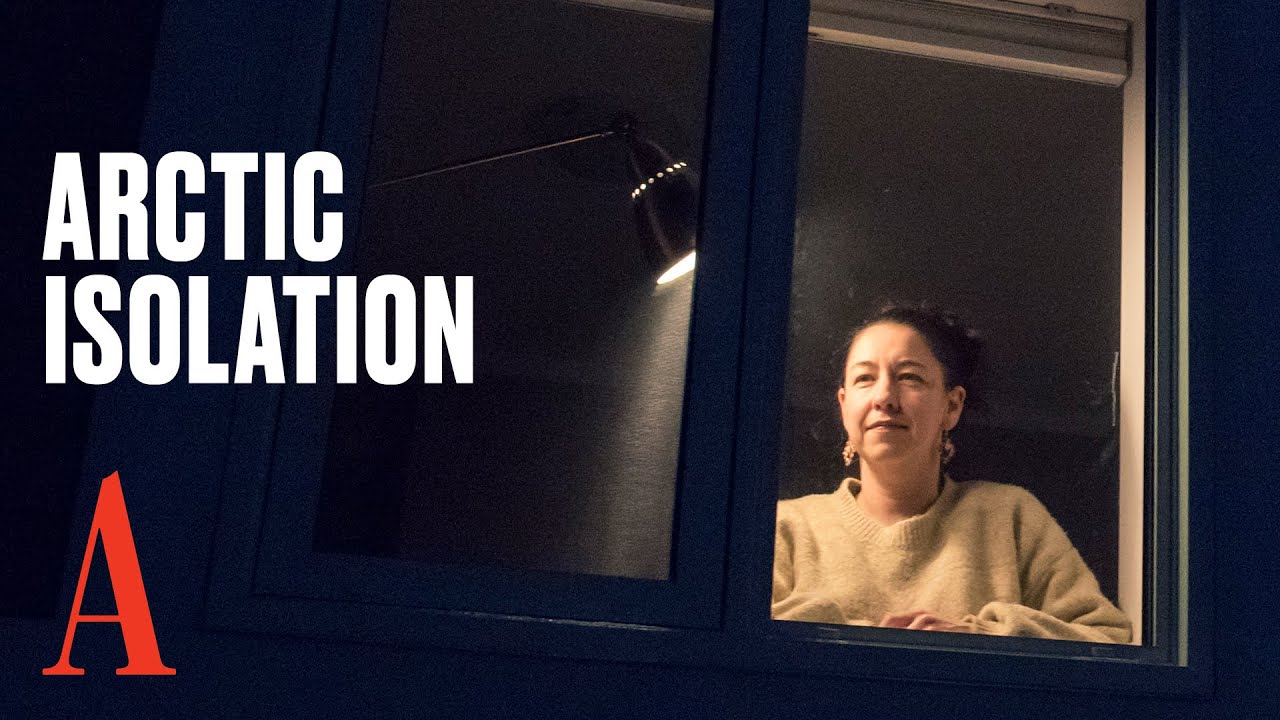
The Northwest Territories encompasses some of the northernmost regions of Canada and extends high into the Arctic Circle.
It is about twice the size of Texas but home to only 44,000 residents, who live in small communities spread across its vast area. The capital city of Yellowknife is 1,500 kilometers from the next-closest major city. It’s cold, ruggedly beautiful, and very isolated.
The region’s remoteness, its limited health resources, and the history of infectious disease among the predominantly indigenous population sparked an austere response to the spread of the coronavirus. Upon the discovery of its first case, the territory closed its borders to outside travel and implemented strict self-isolation measures.
These measures have left many residents out of work. Pat Kane, a documentary photographer from Yellowknife, was forced to give up a number of jobs. His community was housebound. His wife suggested that he make up for lost work by offering to take family portraits of his quarantined friends through their windows. He posted the idea to Facebook and responses poured in.
A new short documentary from The Atlantic follows Kane as he spends a day taking “isolation portraits” of his community in lockdown. The photographs illuminate the high stakes of coronavirus prevention in the Arctic and the community’s solidarity.
What measures have the people of Tristan da Cunha taken to adapt to their new reality during the quarantine?
The COVID-19 pandemic has ushered in an unprecedented time of uncertainty and change, with people around the world forced to adapt to new ways of life in order to limit the spread of the virus. One of the most extreme examples of this comes from the small, remote island of Tristan da Cunha in the South Atlantic, where the entire population has been under quarantine for months.
Tristan da Cunha is one of the most isolated inhabited places on Earth, situated roughly halfway between South America and South Africa. With a population of just over 250 people, the island has always been fairly self-sufficient, relying on fishing and agriculture to sustain itself. However, the arrival of COVID-19 threatened to upend this way of life, as the island has limited medical facilities and supplies.
In response to this threat, the Tristan da Cunha government decided to put the entire island under quarantine in March 2020, in an attempt to keep the virus at bay. This means that no one is allowed to leave or enter the island, except in extreme emergencies or with prior approval from the government. In addition, all residents are required to adhere to strict social distancing and hygiene protocols, and any visitors – such as delivery drivers or medical personnel – are required to undergo quarantine themselves before interacting with islanders.
At first, the quarantine seemed like a sensible precaution. Tristan da Cunha has never had a case of COVID-19, and the government wanted to keep it that way. However, as time passed, the strain of isolation began to take its toll on the islanders. With no tourist visits or ship arrivals, the island’s economy has been severely impacted. In addition, the close-knit community has had to confront a new kind of social distancing, as people are unable to gather in groups or hold public events.
Despite these challenges, the people of Tristan da Cunha have rallied together to make the best of a difficult situation. They have set up their own online network to communicate with loved ones around the world, and have even started a community garden to help sustain themselves during the quarantine. Medical personnel on the island have also been working hard to keep the population healthy and informed.
As of now, the quarantine remains in place, with no clear end in sight. While the people of Tristan da Cunha may be isolated from the rest of the world, they have shown remarkable resilience and creativity in adapting to their new reality. Their experience serves as a powerful reminder of the sacrifices that so many people around the world are making in the fight against COVID-19.
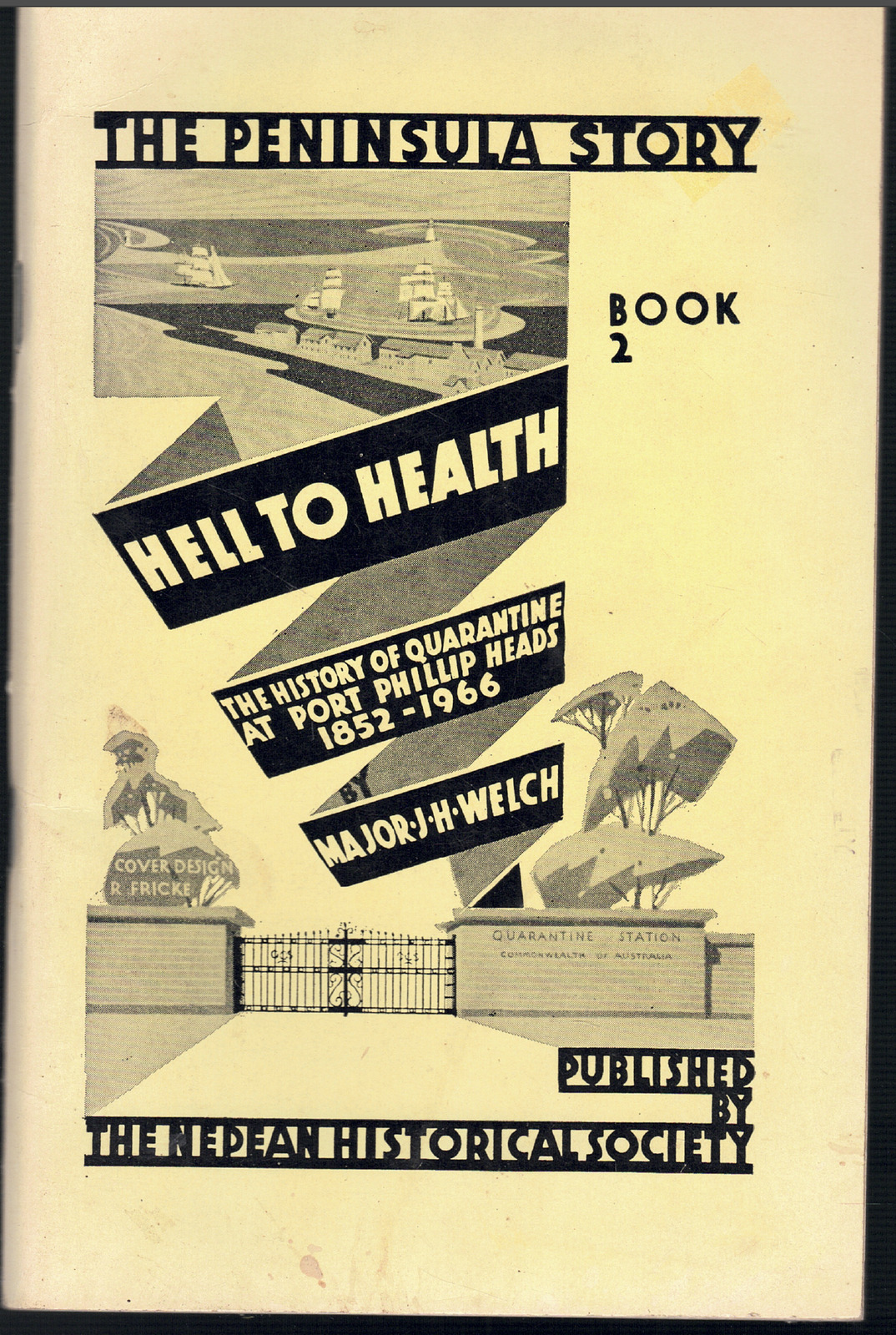
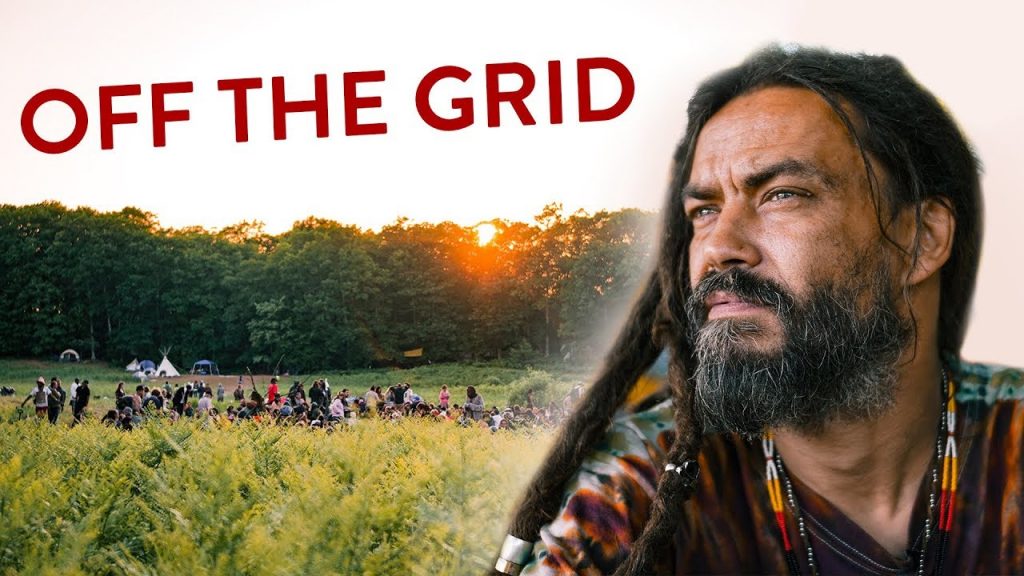

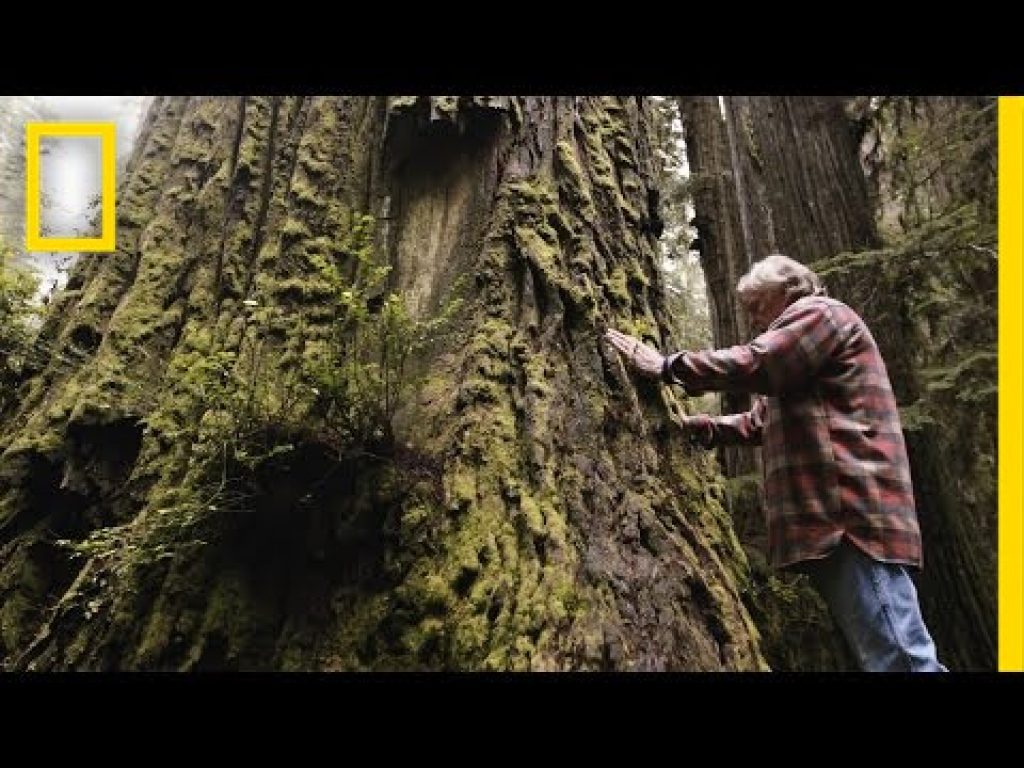
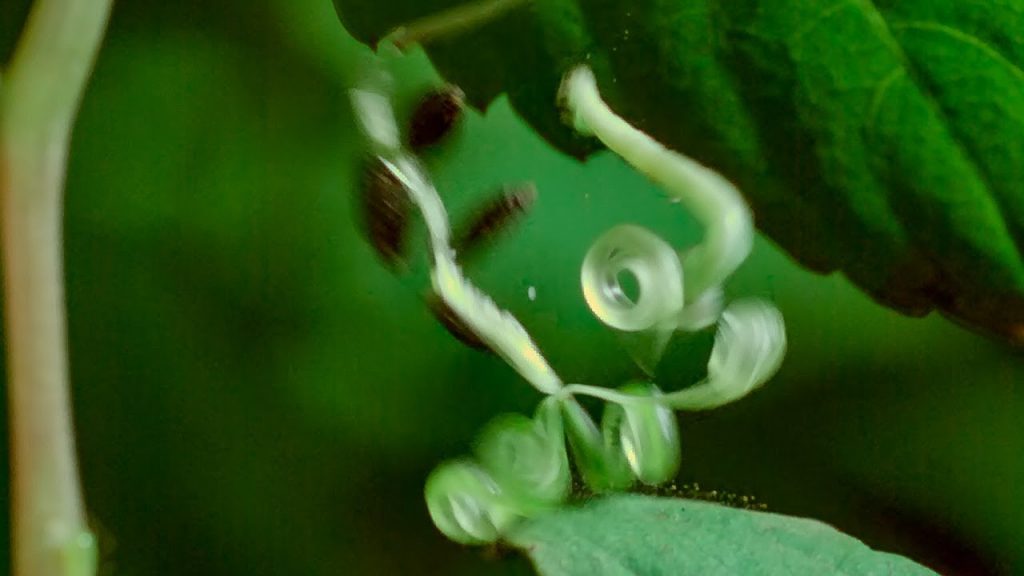





Backyard teahouses for meditation, guest cottage, and homeoffice
15 Most Unique Beaches In The World
The DAILY LIFE OF A MONK DOCUMENTARY (Routine of a BUDDHIST MONK IN THAILAND)
Building New York’s $200M Apartment
Cyclops and Ghost Sharks | Most Bizarre Sharks Of The Midnight Zone